Published 6 November 2017 ● Last Updated on 11 August 2020
The problem with plastic is not plastic, but us!
Plastic is durable, strong, versatile. It insulates, it packs, it can be molded. It is so stable a compound that it can last for centuries… And we use this long, long, long, long lasting material to create disposables that end up in the garbage after the 5 minutes it takes to drink soda with a straw, or the 30 minutes it takes to gobble down pasta from a plastic plate!
The story of death by plastic is in essence a story of overuse, and of littering. At the altar of convenience, we have sacrificed land to landfills. So let’s use plastic where we truly need it, and these are 7 disposable plastics you can leave – easily – today.
#1 Plastic straws
It’s hard to think of a time when humans simply put a tumbler in direct contact with their mouth and titled their head up to drink the liquid. 🙄 But seriously, is it so unimaginable to drink without a straw? The flimsiness of straws means they often land up as litter in water or roadsides. If you have seen the disturbing videos – and there are so many! – of sea turtles with straws stuck up their noses, you have a good idea of what I’m talking about.
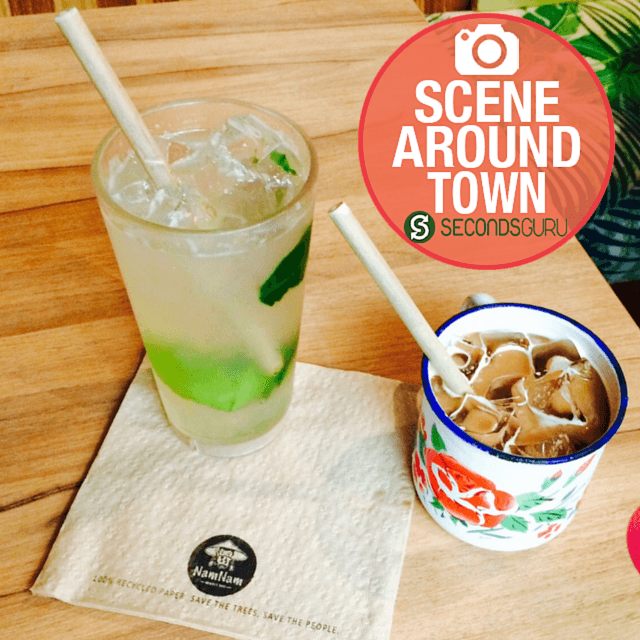
Try: Straw now comes in bamboo / glass / steel versions. For parties, if you must, use paper straws. At restaurants – just say no to plastic straws!
#2 PET Water bottles
1.5 million tonnes of plastic are used annually to package water – a quantity of plastic that requires about 47 million gallons of oil to produce [2001 study by WWF International]. And in many cases bottled water is simply bottled tap water, sometimes treated… sometimes not!
Try: If you are in Australia / Singapore / Europe or any nation where tap water is safe to drink – just carry your own bottle and refill from taps.
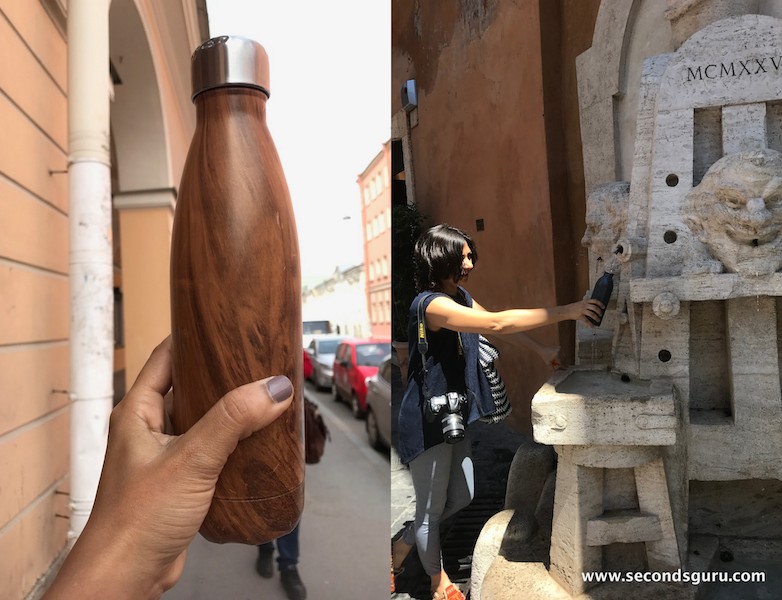
#3 Microbeads
Microbeads are tiny beads of plastic – think dust-sized pearls – that are used in a wide variety of toiletries – even though our water filtration systems are not equipped to clear them! Once they enter our waterways, they create attachments with other toxins, and are ingested by marine life, thus entering the food chain.
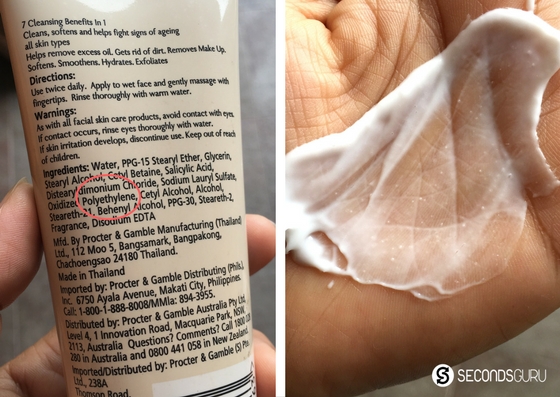
Try: Check your toiletries for microbeads – often showing up “exfoliation” in the marketing spiel, and as “polyethylene” in the ingredients. This can be your first step towards a more eco-friendly bathroom!
#4 Clingwrap / Plastic wrap
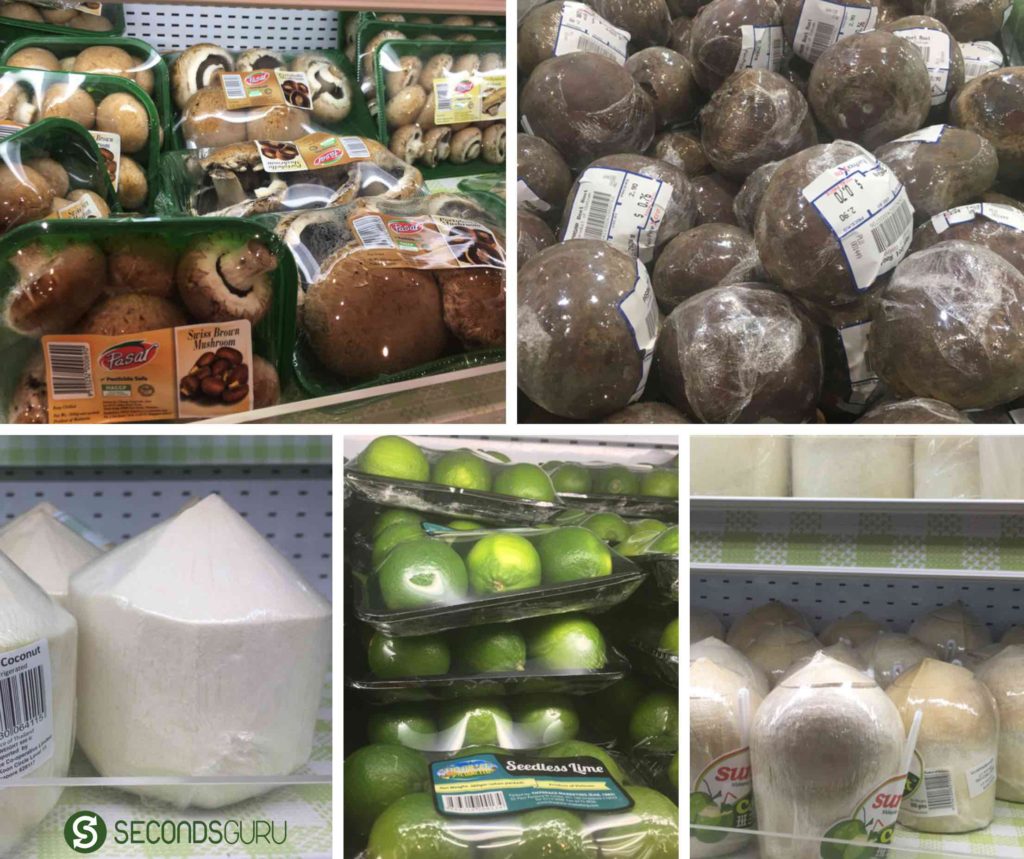
It is so hard to avoid clingfilm at the supermarket. But even if you can’t find a local grocer for unpackaged food – you can start making changes in your kitchen.
Try: Instead of buying clingfilm, switch to lids, cloth covers, beeswax paper… all easier, cheaper, food-safer options! If you can’t avoid it in food packaging, at least avoid it in your kitchen. Get our practical guide to going clingfree for tips.
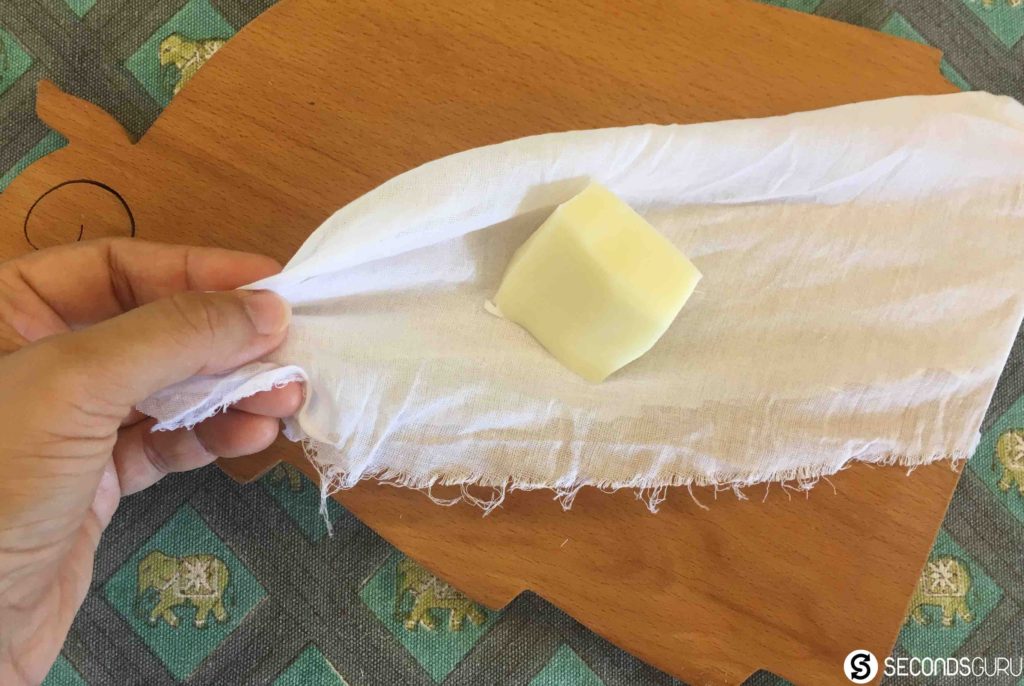
#5 Plastic shopping bags
You don’t need statistics because you would have literally seen this: Plastic bags are a leading source of litter, and a threat to animals when they end up on roadsides, rivers, seas. They have a low recycling rate and mostly end up landfills where they are can’t biodegrade.
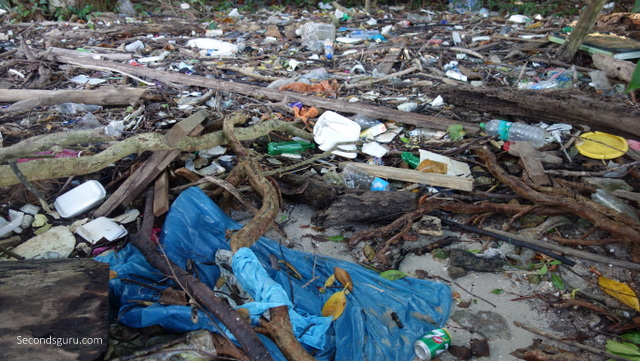
Try: Invest in durable, foldable cloth/canvas bags – and these will last you through years of groceries and other shopping.
#6 Disposable utensils
Food-contaminated disposables – aka used plastic spoons/forks/plates/straws – cannot be recycled. So just 1 big party can create several garbage bags for the landfill! The problem is even worse when restaurants start serving in disposable drink cups (they are all pastic-lined), cutlery and plates.
Try: Dine-in at restaurants instead of using takeaways – you will enjoy the food better too! At home, if you must use disposables, replace plastic cutlery, plates and cups with plant-based biodegradable options wherever possible. Check out our many ways to throw a low-waste party!
Like these tips for a more eco-friendly lifestyle? Share this video ahead to strengthen the movement against plastic!
The problem with plastic is not plastic, but us! We use this long, long, long lasting material to create disposables that end up in the garbage after the 5 minutes it takes to drink soda with a straw, or the 30 minutes it takes to gobble down pasta from a plastic plate! Here are 5 disposable plastics you can leave – easily – today.For more tips to live an eco-friendly lifestyle, visit Secondsguru.com#GreenLivingMadeEasy #saynotoplastic #plasticfree
Posted by Secondsguru on Sunday, November 5, 2017

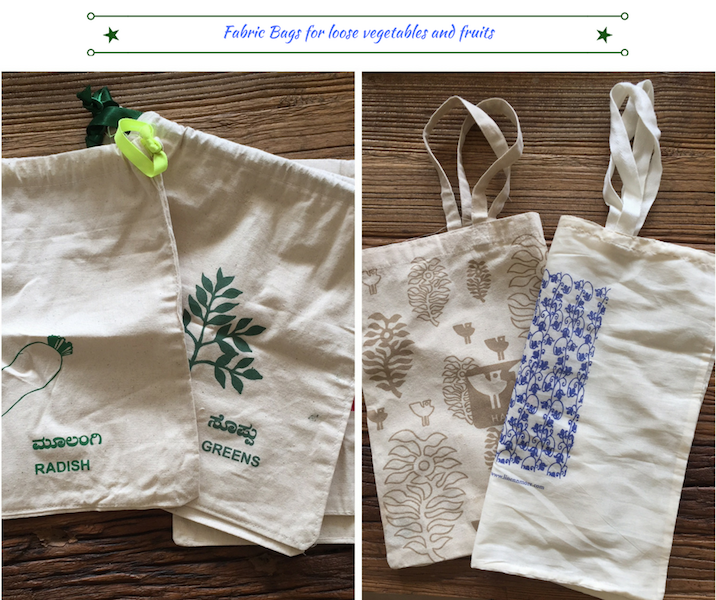

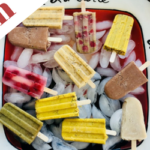
0 Comments